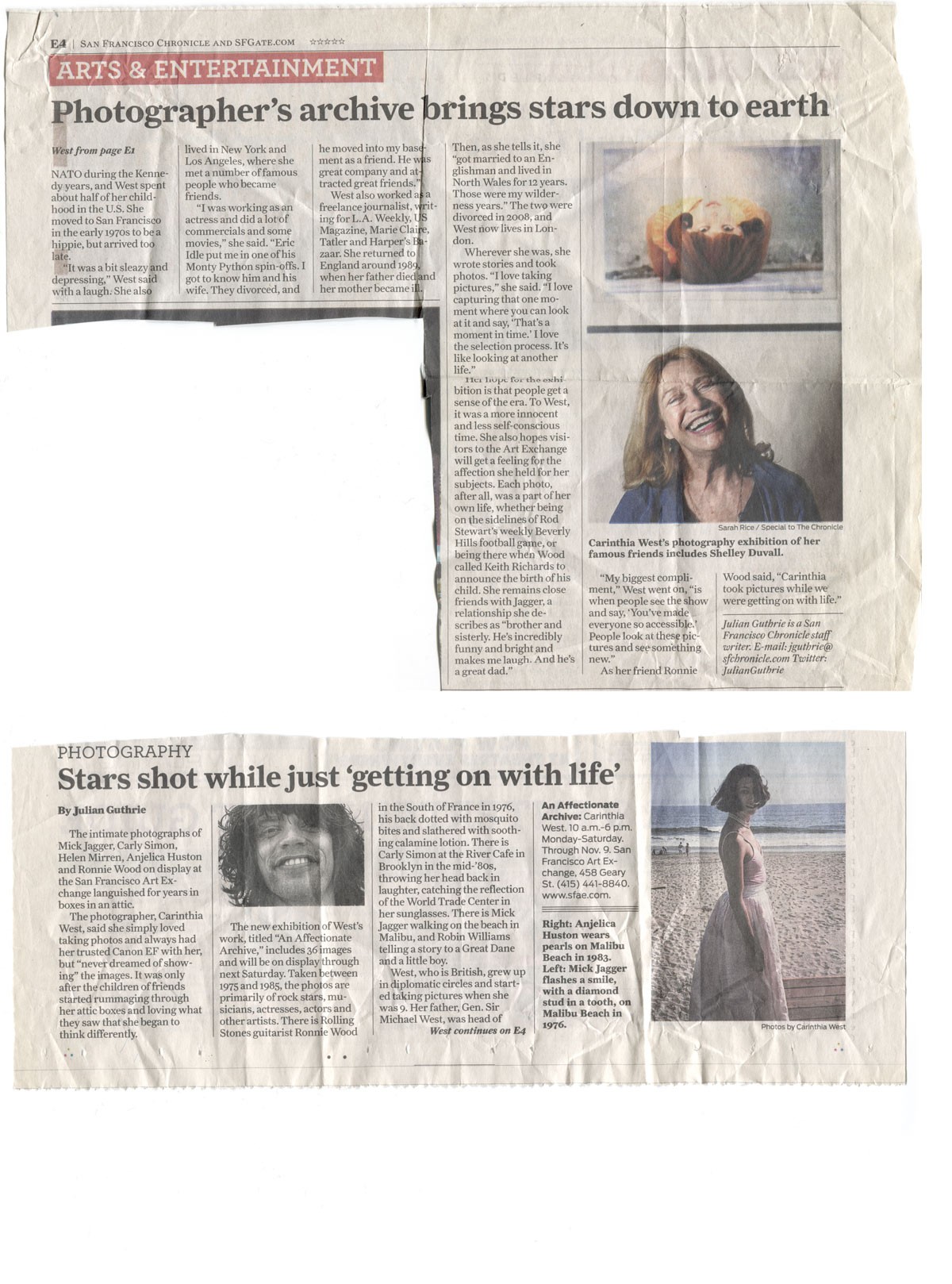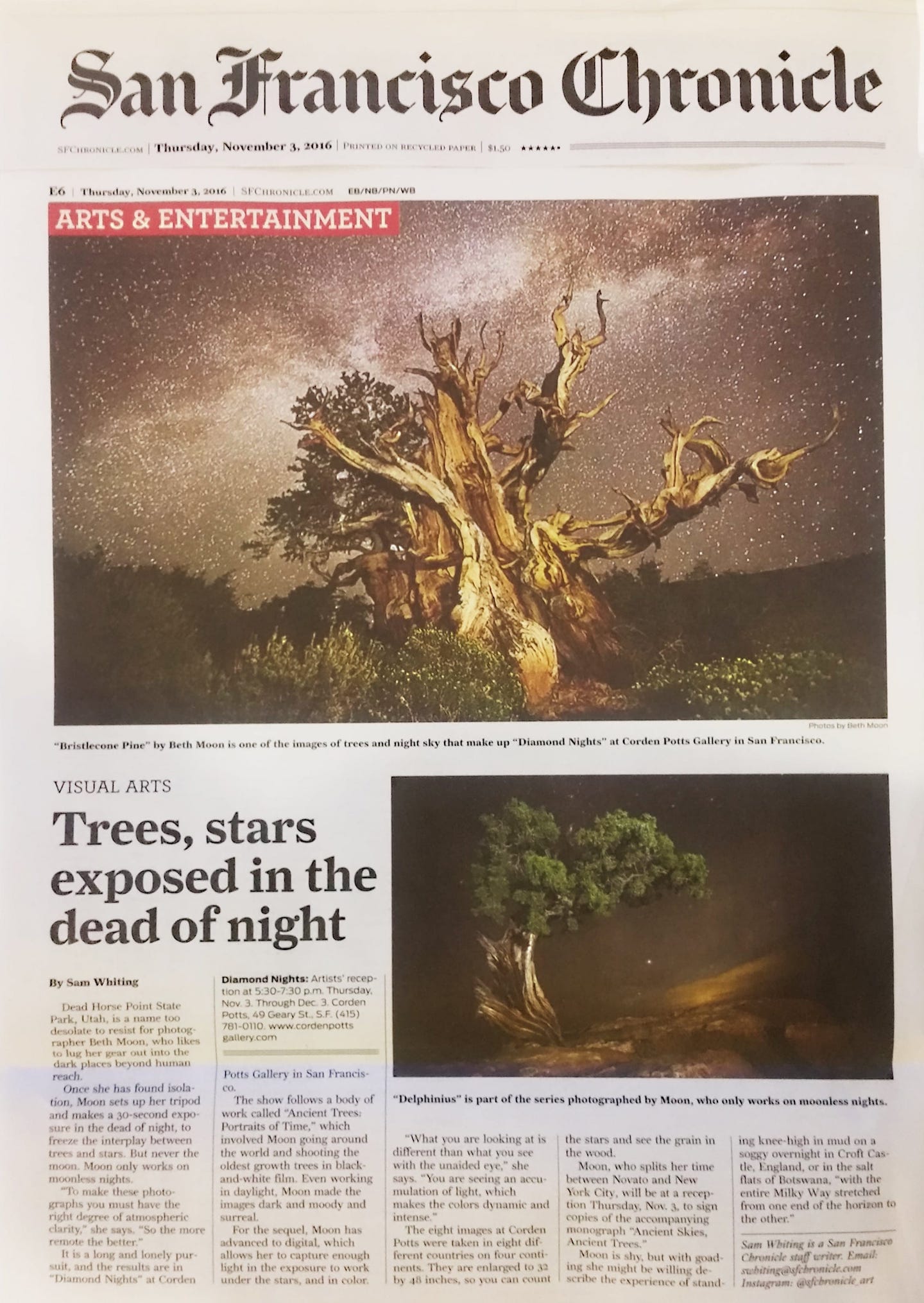Let me tell you something crazy that happened in the world of journalism. The San Francisco Chronicle prank has been making waves, and it’s not just another fake news story. This is real, folks, and it’s a tale that blends humor, creativity, and a little bit of mischief. If you’ve ever wondered how far the media can go to grab attention, this is the story for you.
Imagine waking up one morning, grabbing your coffee, and flipping through the pages of the San Francisco Chronicle. But wait—what’s this? A headline so outrageous, so unexpected, that it makes you do a double take. That’s exactly what happened when the Chronicle decided to pull off one of the most talked-about pranks in journalism history. And trust me, it’s not just a one-off event—it’s a lesson in creativity, ethics, and the power of storytelling.
Now, before we dive deep into the details, let’s set the stage. The San Francisco Chronicle isn’t just any newspaper. It’s a major player in the Bay Area, known for its bold reporting, investigative journalism, and sometimes, its ability to surprise. This prank wasn’t just about grabbing headlines—it was about pushing boundaries, challenging perceptions, and reminding everyone that even in the age of digital media, print still has a trick or two up its sleeve.
- Breaking Down The Bbynessaxo Leak What You Need To Know
- Sean Nelson Net Worth The Untold Story Of Success And Achievement
What is the San Francisco Chronicle Prank All About?
If you’re scratching your head wondering what exactly this prank entails, let me break it down for you. The San Francisco Chronicle prank was a carefully orchestrated stunt where the newspaper published a completely fake issue. Yep, you heard that right—entirely fictional articles, made-up headlines, and even satirical advertisements. It wasn’t just a joke; it was a full-blown experiment in media manipulation, designed to test the boundaries of trust between readers and their favorite publication.
This wasn’t done on a whim, though. The Chronicle had a purpose—to highlight the importance of critical thinking in an era where misinformation spreads faster than ever. By creating an issue filled with absurd stories, they forced readers to question what they read and encouraged them to think twice before accepting everything at face value.
Why Did the Chronicle Pull This Stunt?
Let’s get real here—the media landscape is changing faster than you can say “algorithm.” Traditional newspapers are struggling to stay relevant in a world dominated by social media and instant news updates. The Chronicle saw an opportunity to shake things up and remind people why journalism matters. But why go as far as publishing a fake issue? Well, sometimes the best way to make a point is to make people uncomfortable.
- Sharon Stone Net Worth 2024 The Glamorous Journey Of A Hollywood Icon
- Emmanuels Latest Fashion Trends Where Style Meets Innovation
This prank wasn’t just about entertainment; it was about education. By showing how easy it is to create convincing but false narratives, the Chronicle hoped to spark a conversation about media literacy. In a world where fake news is a real problem, this was their way of saying, “Hey, wake up!”
Behind the Scenes: How the Prank Was Executed
So, how do you pull off a prank on this scale without getting caught? It’s not as simple as slapping some fake headlines on a page and calling it a day. The Chronicle put a lot of thought into every detail, from the writing style to the design of the issue. They wanted it to look and feel authentic—so authentic, in fact, that even seasoned readers might not notice anything was off until it was too late.
The team behind the prank consisted of writers, editors, designers, and even a few comedians. Together, they brainstormed ideas for articles that were absurd enough to be funny but plausible enough to fool people. Think stories about aliens landing in San Francisco, or a new law requiring all citizens to own a pet goat. These weren’t just random ideas—they were carefully crafted to reflect current events and trends, making them seem more believable.
The Fake Articles: A Sneak Peek
Here’s a taste of what made it into the fake issue:
- “Local Man Trains Squirrels to Deliver Mail”
- “Golden Gate Bridge Gets a Facelift with LED Lights”
- “Scientists Discover New Species of Coffee Bean”
- “San Francisco Bans All Cars—Except Teslas”
Each article was written with the same level of detail and professionalism as any other story in the Chronicle. The only difference? They were all completely made up. And that’s the genius of it—by blurring the line between fact and fiction, the prank forced readers to pay closer attention.
Reader Reactions: What Did People Think?
When the fake issue hit the streets, reactions were mixed. Some readers immediately caught on and appreciated the humor, while others were genuinely confused—or even outraged. Social media exploded with comments, memes, and debates about whether the Chronicle had gone too far. But here’s the thing—every reaction, no matter how extreme, contributed to the conversation the newspaper was trying to start.
One reader posted a tweet saying, “Wait, is this real? Did San Francisco really ban all cars except Teslas? Elon must be loving this.” Another commenter chimed in, “This is genius. The Chronicle just proved how gullible we all are.” And then there were those who took the prank personally, accusing the newspaper of being irresponsible and undermining public trust.
Learning from the Backlash
Of course, not everyone was amused by the prank. Some critics argued that it was irresponsible to publish fake news, even if the intention was to expose the problem. Others felt that it undermined the credibility of a respected publication. But the Chronicle stood by its decision, arguing that the prank served a greater purpose.
In a follow-up editorial, the paper acknowledged the backlash but reiterated its commitment to fostering critical thinking. They encouraged readers to approach all news with skepticism and to seek out multiple sources before forming opinions. It was a bold move, but one that sparked a much-needed dialogue about the role of media in society.
The Broader Implications: What Does This Mean for Journalism?
The San Francisco Chronicle prank wasn’t just a clever stunt—it was a commentary on the state of journalism today. In an age where fake news spreads like wildfire, it’s more important than ever for readers to develop media literacy skills. This prank was a wake-up call, reminding us that we can’t take everything we read at face value.
But it also raised questions about the future of journalism. As newspapers struggle to compete with online platforms, will we see more experiments like this? Could pranks and satire become a legitimate tool for engaging audiences? Or is there a danger that such tactics could further erode trust in the media?
Lessons for Journalists and Readers Alike
For journalists, the prank serves as a reminder of the power of storytelling. It’s not just about reporting the facts—it’s about finding creative ways to engage audiences and make them care. For readers, it’s a call to action to be more discerning consumers of information. In a world where anyone can publish anything, it’s up to us to separate fact from fiction.
How Can We Combat Fake News?
Now that we’ve seen how easy it is to fall for a well-crafted hoax, what can we do to protect ourselves from fake news? Here are a few tips:
- Always check the source of the information.
- Look for corroborating evidence from other reputable outlets.
- Be skeptical of sensational headlines—ask yourself if it sounds too good (or bad) to be true.
- Use fact-checking websites like Snopes or PolitiFact to verify claims.
- Stay informed about media literacy and critical thinking skills.
By taking these steps, we can all become smarter consumers of information and help combat the spread of misinformation.
The Future of Media Pranks
Will we see more pranks like the San Francisco Chronicle’s in the future? It’s hard to say, but one thing is certain—the media landscape is evolving rapidly, and traditional newspapers are under pressure to innovate. Whether through satire, interactive content, or other creative approaches, publications will continue to experiment with new ways to engage audiences.
But as they do, they’ll need to balance creativity with responsibility. The Chronicle’s prank was a success because it had a clear purpose—to educate and engage readers. Future pranks will need to follow that same formula if they hope to achieve similar results.
Will You Be Fooled Next Time?
Now that you know the story behind the San Francisco Chronicle prank, will you be more skeptical the next time you pick up a newspaper? Or will you still trust everything you read? Only time will tell, but one thing’s for sure—this prank has left a lasting impression on the world of journalism.
Conclusion: The Power of Storytelling
Let’s recap what we’ve learned. The San Francisco Chronicle prank wasn’t just a joke—it was a powerful reminder of the importance of critical thinking in the age of information overload. By creating a fake issue filled with absurd but believable stories, the Chronicle forced readers to question what they read and encouraged them to seek out the truth.
This prank also highlighted the challenges facing traditional newspapers in a digital world. To stay relevant, publications must find new ways to engage audiences while maintaining their integrity. And for readers, it’s a call to action to become more discerning consumers of information.
So, the next time you come across a headline that seems too outrageous to be true, take a moment to investigate. Ask questions, seek out multiple sources, and don’t be afraid to admit when you’re unsure. After all, in a world where fake news is a real problem, critical thinking is more important than ever.
What did you think of the San Francisco Chronicle prank? Did it make you laugh, or did it make you think? Share your thoughts in the comments below, and don’t forget to check out our other articles for more insights into the world of journalism. Until next time, stay curious and keep questioning!
Table of Contents
- What is the San Francisco Chronicle Prank All About?
- Why Did the Chronicle Pull This Stunt?
- Behind the Scenes: How the Prank Was Executed
- The Fake Articles: A Sneak Peek
- Reader Reactions: What Did People Think?
- Learning from the Backlash
- The Broader Implications: What Does This Mean for Journalism?
- How Can We Combat Fake News?
- The Future of Media Pranks
- Conclusion: The Power of Storytelling
- Lil Cease Net Worth The Rise Of A Brooklyn Legend
- Sharon Stone Net Worth 2024 The Glamorous Journey Of A Hollywood Icon


